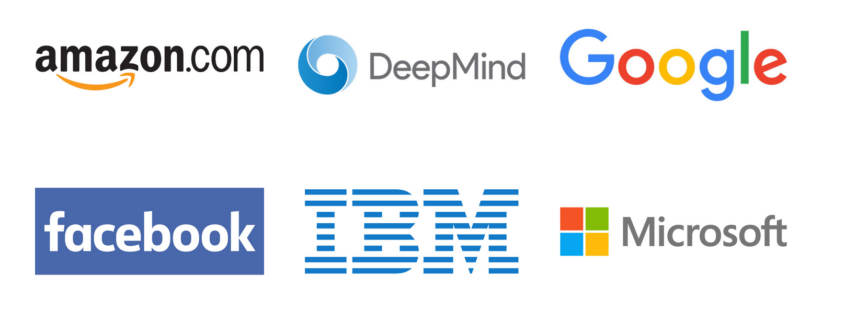It is the year 2017 and according to Googles’ CEO Sundar Pichai humanity is facing a massive transition from an “all mobile” to an “all A.I” world.
Among the leading companies within A.I research we find Apple, Facebook or Amazon with its digital assistant Alexa. Amazon’s device allows the user to order food, play music, get updates on the daily news and weather or connect it to other smart devices at home. On the other hand a massive player in the technological sector is Google with its 2014 acquisition of the A.I research company DeepMind. Most recently Google has clearly showed the tech world that it is gearing up by implementing A.I within its services.
As a response to Amazon’s networked “Echo” speaker, Google has introduced “Home” as a response since autumn 2016. In addition, Google will soon offer free telephone calls between the “Home” devices (free of charge in the US). However in May Amazon has introduced a first “echo” speaker with touchscreen and announced a video communication function. Although Google did not present a loudspeaker with a display, its “Home” devices are supposed to send the visual information to other networked devices with screens such as TVs or smartphones. Scott Huffman the Head of Research at Google has a clear opinion; “We think the Assistant should be available on all types of devices where it can be useful”. Most recently the software is also integrated into GE’s domestic technology. Amazon follows a similar approach and has already secured a place in home appliances of the GE competitor Whirlpool. The Google Assistant on the iPhone will work with different apps from the Internet group. For example, you could start a specific YouTube video or use Gmail. Google also seeks to improve its photo service through Artificial Intelligence. In the future the service can, at the request of the user, automatically share all the pictures with family members. The software itself recognizes who is on the photos. The automatic sharing of pictures could be a straight hit towards Facebooks photo sharing platform Instagram.
With the help of artificial intelligence, Google wants to build smarter devices for different use cases and stand out from the big hardware rivals Apple and Samsung. On wednesday the internet giant presented next to new smartphone models also two networked loudspeakers as well as a small camera, which is supposed to decide by itself when to take a snapshot or a small video. In most devices, the Google Assistant is also on board with which the user can interact.
Furthermore Google offers an open soure platform tht enables users to engage within Machine Learning and build neural networks, deep learning models, whcih can be run either on premises or in the cloud.
However Microsoft also offers their own platform, which is called CTNK. Offering their users a deep learning framework.
As interesting as the technology behind all these services is – it remains a secret on who is going to lead on the industry level. Let me know your thoughts


